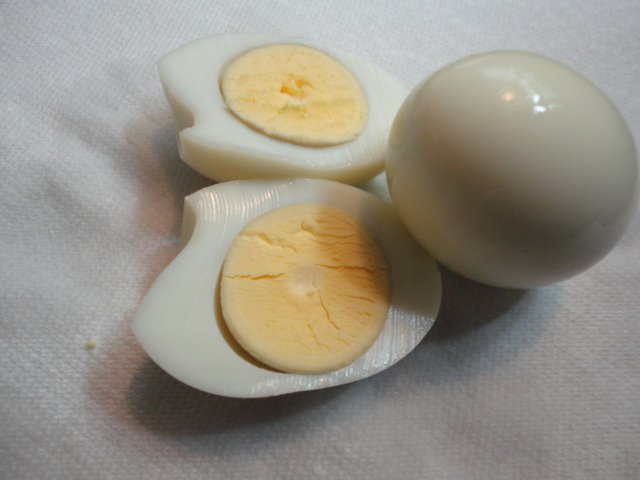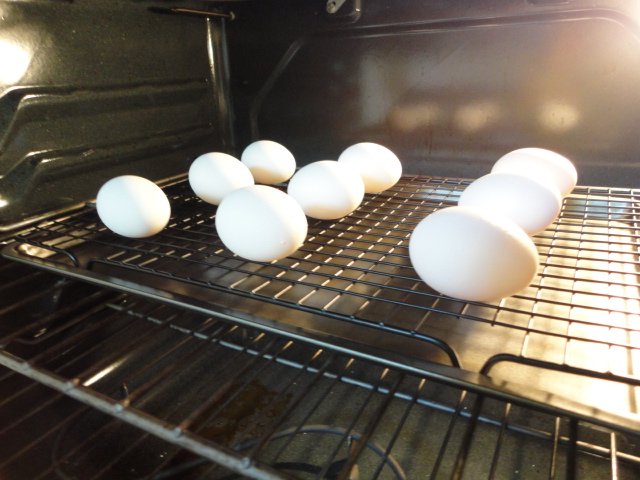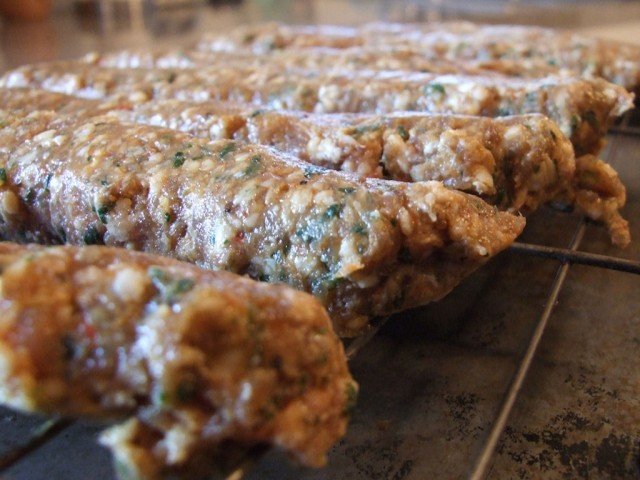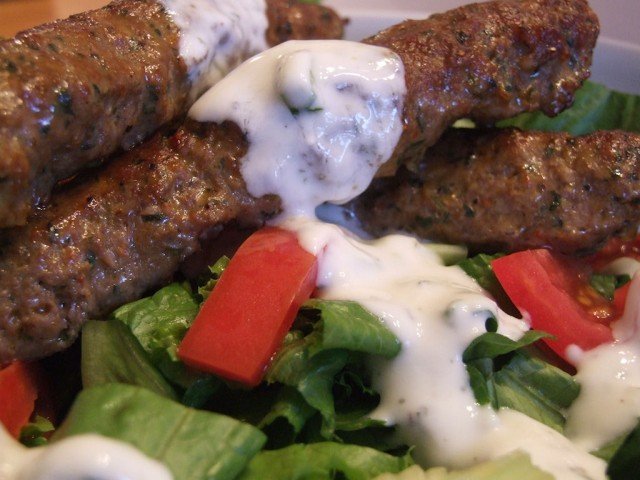
Different Types of Tomato Products
So many options, so many uses and quite possibly the potential to use incorrectly. As much as I enjoy growing tomatoes in the garden, I come nowhere close to produce tomatoes enough to process and can for use throughout the entire year. Therefore, I must purchase canned, jarred and boxed tomatoes to get my fix of tomato based meals.
Point of Reference: The terms and explanations below are United States in focus. There is no standardization between tomato products between the United States and Great Britain.
Crushed: I do not use crushed tomatoes as often as I could, due to the inconsistency of the product between brand names. I define inconsistency as the liquid / solid content, skin or no skin, tomato pieces versus paste, heavily seeded or nearly seedless as a few examples. This makes it difficult to find the brand that I would prefer to use. When I think of crushed tomatoes in an Italian sauce, I envision a sauce that is fresh and rustic but packs substance in that the tomatoes have not been too processed or simmered to a smooth consistency.
Diced: Whereas I experience the same inconsistency between brand names of crushed tomatoes, I am more forgiving with the use of diced tomatoes in my cooking. A measure of this forgiveness is that the uses for diced tomatoes is far greater then crushed tomatoes in relation to their inconsistency. I use drained diced tomatoes for use in my version of Pasta Fazoul or as the basis for a semi-quick pasta sauce where I am going to simmer the ingredients for 30 minutes, but less then an hour. In that period of time, the heat softens the tomatoes, but not to the point of being mushy
Fresh: When I think of fresh tomatoes for cooking, I am not referring to the mealy flavorless tomatoes from the grocery store, but those that are grown in a garden by yourself, given to you by friends or purchased in a farmers market. My favorite meal pasta dish with fresh tomatoes is to peel the tomatoes then hand crush them, season with fresh basil and salt then chill and serve with angel hair pasta. At the end of the tomato growing season when I have had my fill, I freeze them whole and add them to a sauce where they are only one of many components.
Paste: Is concentrated tomato pulp with the skin, stems and seeds removed. It is a very versatile product that can be used in sauces, gravies, soups and stews. It is used as a thickening agent and a little amount can provide the tomato flavor that the cook is seeking with minimal time required to boil off the water found in other tomato products. Unfortunately, high fructose corn syrup is sometimes added which makes it difficult to use when sweetness is not desired. Personally, I rarely use tomato paste.
Puree: Inconsistency between food processors creates a lot of variation in the final product. In some products the skin remains and almost all do not strain the seeds. This variation results in the flavor varying greatly between different processors. My personal opinion is that the inclusion of the seeds regardless of how well they are minced, ground and pulverized leaves a bitter taste to the product that is difficult to overcome.
Strained: Of all the products listed in this post, one of the most difficult to source at a grocery store. Processing the tomatoes includes removing the stem, leaves, skin and the seeds removed from the tomato pulp prior to further processing and packaging. Strained Tomatoes are my personal favorite and I use this product exclusively in making marinara and long simmered sauces. I find the texture and quality of this product superb. I am sure there are other companies that sell this product, but I have only been able to find the Italian brand Pomi in the grocery stores.
Sauce (not shown): Most often Tomato Puree with seasoning and salt added. Due to the inclusion of seasoning and the use of Tomato Puree as it’s base, I never consider this product as an option when cooking.
Whole Peeled: Years ago this was the product that I used to make my marinara sauces. I would put a can of whole peeled tomatoes into a blender with a clove of garlic, grated Italian cheese and basil and liquefy the entire contents of the blender. I have learned much in the two decades I have been cooking and rarely use whole peeled tomatoes in my cooking. In a pinch I will use the product in lieu of crushed or diced tomatoes.
Additional Notes: When choosing a tomato product for you meal consider the net result of what you are seeking to achieve in regards to flavor, texture, aroma. The final product whether a quick salsa, a simple pasta sauce, a long simmered pasta sauce, stew, soup or or other meal requiring tomatoes can be greatly impacted by the original product used. Read the ingredients to see if the product has been seasoned with salt, sweeteners, herbs and spices. Another thing to consider is that with the diced and whole peeled tomatoes, they are canned with a fair amount of tomato juice / liquid / water. I usually drain this liquid prior to cooking and will save it in the freezer to add to a sauce that I am going to simmer for a long time.
Personal Bias: In the end the final decision is yours on which tomato products to use in your cooking. Personal preference and comfort level go a long way in making a decision. For me, there are certain products and specific processors that I use exclusively. Whether my thought process is sound or not, but I am biased towards processors based in Italy. They are a little more expensive and not always better, but I have been more pleased with their products then not.










